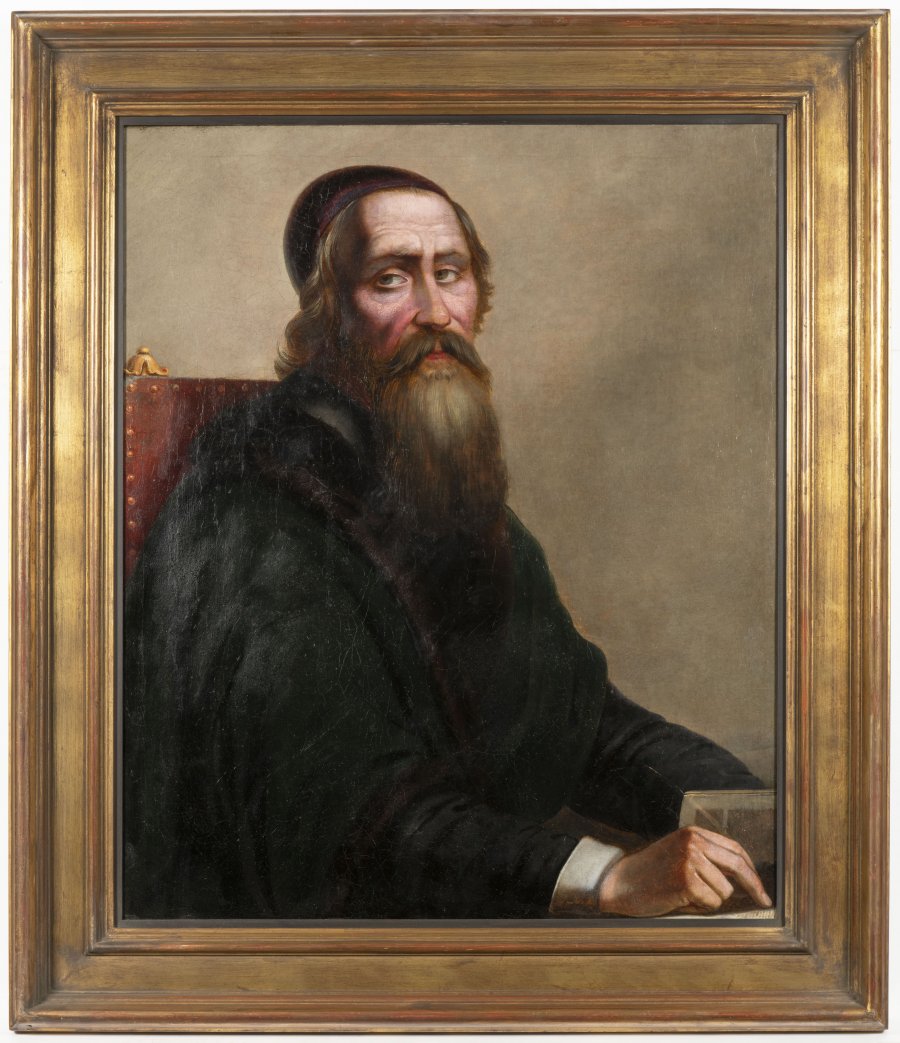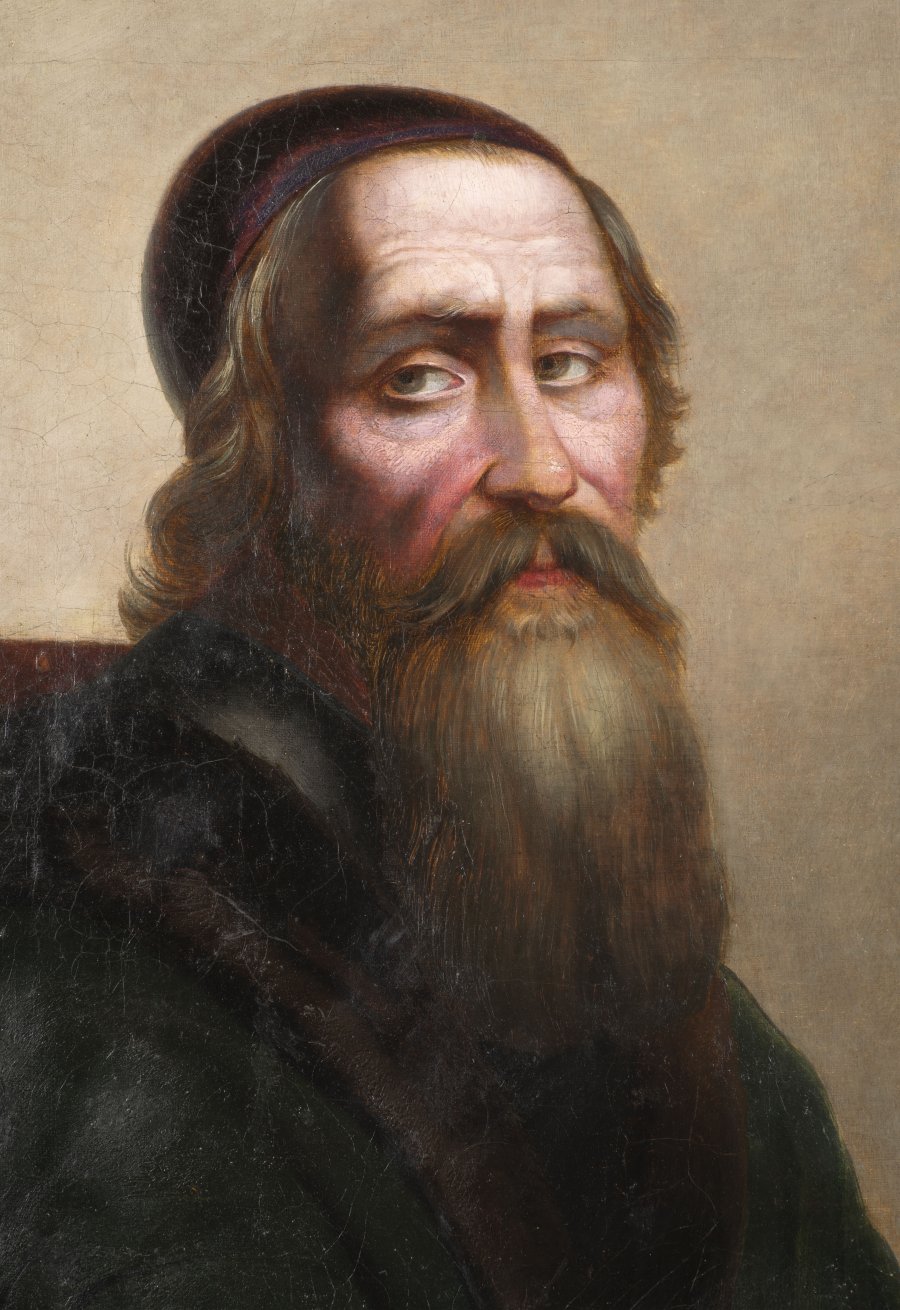Lot 40
JAN AMOS KOMENSKÝ
1850s
oil on canvas
78 x 65 cm (h x w)
unsigned
| 5 217 €
The present likeness of Jan Amos Komenský is considered to be the work of Josef Vojtěch Hellich, a pupil of Josef Bergler and František Waldherr at the Prague Academy (1824-1836). After his studies, Hellich travelled extensively. 1836-1839 he made a study trip to Italy, in Rome he studied, like most of his peers, the Old Masters and especially the works of Raffaello, but he expanded his studies to include art history and archaeology, subjects he devoted himself to passionately throughout his life and usually signed his works with a depiction of an ancient cairn. In 1840 he became the first curator of the collections of the Museum of the Kingdom of Bohemia, working alternately in Vienna and Prague, and from 1848 he lived permanently in Prague. In Prague, Hellich quickly became a member of the Prague patriotic intelligentsia gathered in the family of the physician, writer and MP MUDr. Václav Staňek. Here he regularly met his brothers-in-law J. V. Frič, F. L. Čelakovský, their wives and many other friends. Bohuslava Rajská, the second wife of the writer Čelakovský, brought among them also Božena Němcová, who charmed Hellich so much that he portrayed her in 1845. The likeness of the famous writer is part of the collections of Prague Castle, for which it was purchased from Milena Staňková by the Masaryk National Fund in 1929. As the society around the Staňková, Fričová and Čelakovský families was educated and strongly patriotic, the likeness of Jan Ámos Komenský, after 1848 a popular figure of the then conscious and Slavic-oriented society, hung in their common rooms. According to the daughter of PhDr.J.Šetlík, the presented likeness of Jan Amos Komenský was already owned by her grandfather and was always considered by the family to be the work of Josef Vojtěch Hellich. The presented likeness of Jan Amos Komenský is impressive in its composition, the delicate execution of the skin incarnation, the composition of the variously dark valers and the sensitivity and purity of the execution. The painting is accompanied by an expert opinion by Naděžda Blažíčková-Horová, PhD.
More works from auction
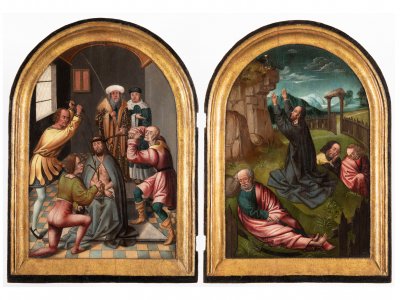
Lot 1 ALTAR WINGS
Starting price60 000 CZK | 2 609 €
Price realized
180 000 CZK | 7 826 €
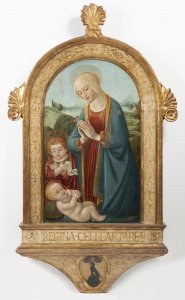
Lot 2 MADONNA WITH JESUS AND ST. JOHN THE BAPTIST
Starting price800 000 CZK | 34 783 €
Price realized
1 700 000 CZK | 73 913 €
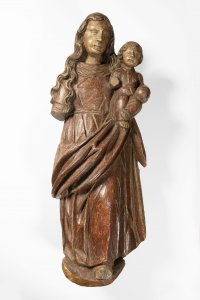
Lot 3 MADONNA WITH CHILD
Starting price45 000 CZK | 1 957 €
Price realized
50 000 CZK | 2 174 €
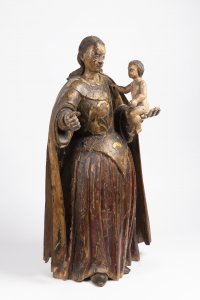
Lot 4 MADONNA WITH A CHILD
Starting price45 000 CZK | 1 957 €
Price realized
50 000 CZK | 2 174 €
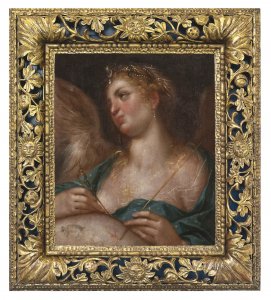
Lot 5 URANIA
Starting price180 000 CZK | 7 826 €
Price realized
370 000 CZK | 16 087 €
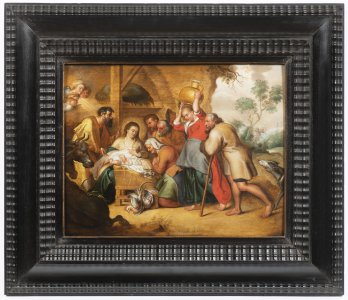
Lot 6 ADORATION OF SHEPHERDS
Starting price120 000 CZK | 5 217 €
Price realized
120 000 CZK | 5 217 €
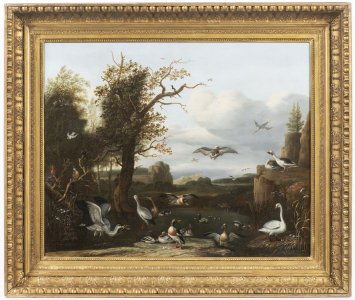
Lot 7 ALLEGORY OF AIR
Starting price55 000 CZK | 2 391 €
Price realized
110 000 CZK | 4 783 €
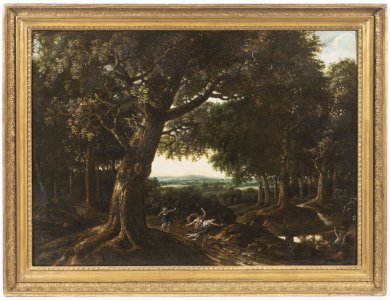
Lot 8 HUNTING DIANA
Starting price55 000 CZK | 2 391 €
Price realized
55 000 CZK | 2 391 €
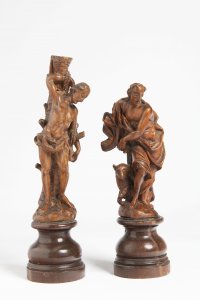
Lot 9 TWO BAROQUE SMALL SCULPTURES
Starting price35 000 CZK | 1 522 €
Price realized
70 000 CZK | 3 043 €
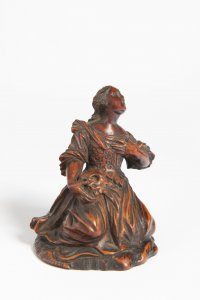
Lot 10 SAINT MARY MAGDALENE
Starting price12 000 CZK | 522 €
Price realized
20 000 CZK | 870 €
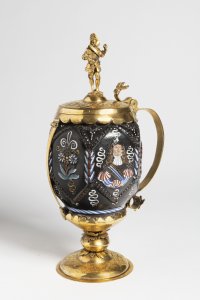
Lot 11 CERAMIC TANKARD IN GILDED MOUNTING
Starting price40 000 CZK | 1 739 €
Price realized
42 000 CZK | 1 826 €
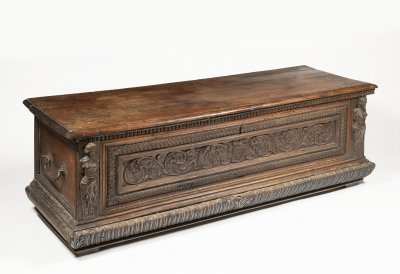
Lot 12 A MANNERIST CHEST
Starting price55 000 CZK | 2 391 €
Price realized
70 000 CZK | 3 043 €

